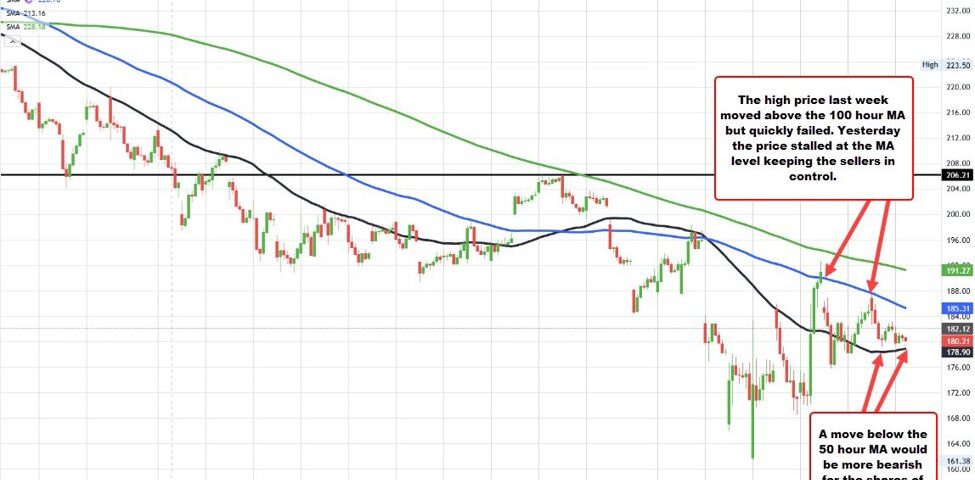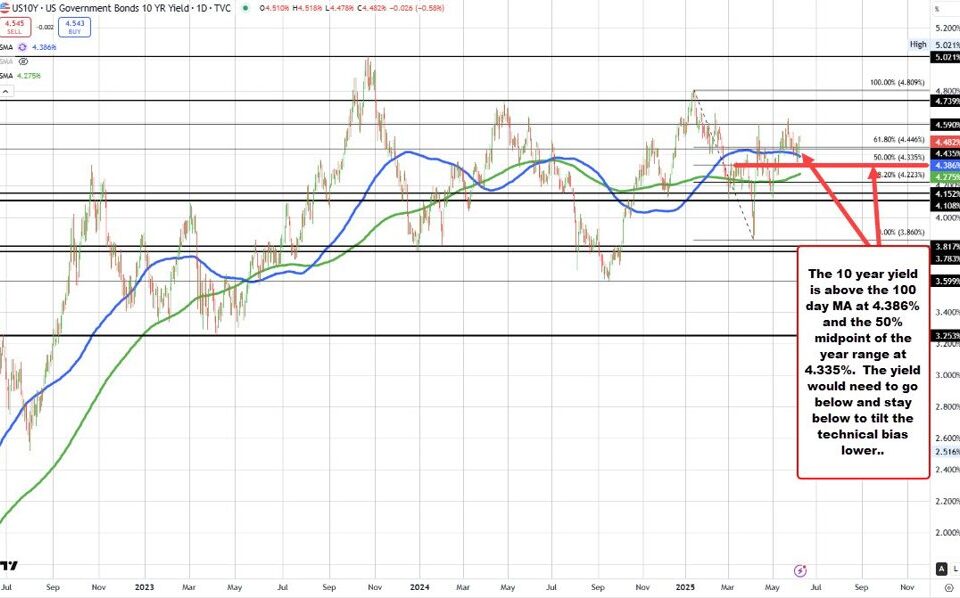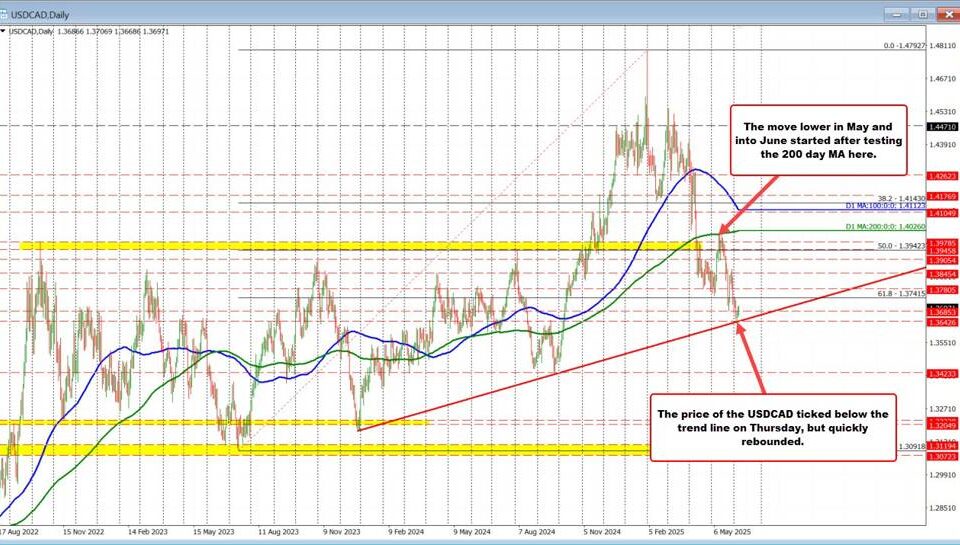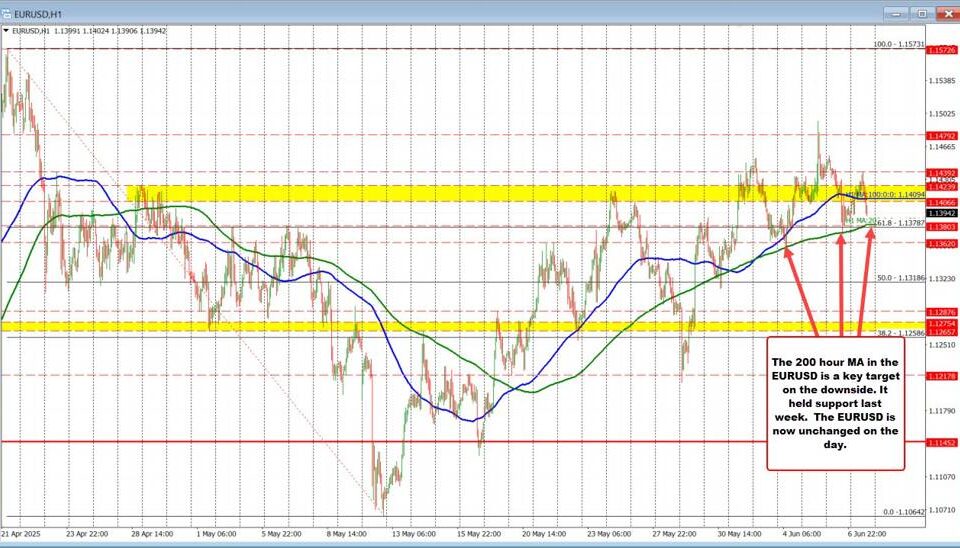European Stock Indices Rally: Auto Sector Optimism Amid Trade Tensions
Tháng 4 15, 2025Navigating the Turbulent U.S. Stock Market: Trade Tensions and Recession Fears
Tháng 4 15, 2025Amazon’s Growing Concerns Over Tariffs and Their Impact on Third-Party Sellers
The ongoing trade landscape, marked by rising tariffs and fluctuating market conditions, has raised significant concerns for Amazon and its extensive network of third-party sellers. Recent developments reveal that Amazon is strategically maneuvering to manage the financial implications tied to tariffs, especially those affecting imports from Asia.
Amazon’s Strategic Response to Tariffs
In light of the recent tariff announcements from the U.S. government, Amazon has begun canceling orders from vendors, particularly those based in China and other Asian countries. These cancellations, which have often been enacted without explicit explanations, signify Amazon’s proactive approach to mitigating rising costs. The sharp increase in tariffs, which can exceed 145% on certain Chinese imports, is compelling Amazon to reassess its relationships with overseas vendors. This strategic pivot not only affects Amazon’s supply chain but also raises questions about product availability and pricing stability for consumers.
This situation mirrors broader concerns regarding trade dynamics as discussed in a recent blog about China’s strategic moves in the context of global market pressures. For a deeper dive into these international tensions, you can read more here.
Impact on Third-Party Sellers
Third-party sellers constitute a substantial portion of Amazon’s marketplace, accounting for approximately 60% of all products sold on the platform. Consequently, they bear a significant burden from the recent tariff hikes. Faced with increased import costs, these sellers are experiencing mounting financial pressure that may force them to rethink their pricing strategies. Many are grappling with the possibility of raising prices for consumers or, in some cases, exiting the U.S. market altogether. This predicament creates a ripple effect throughout the marketplace, leading to diminished product variety and potentially limiting buyer options.
Financial and Operational Challenges Ahead
The rising costs associated with tariffs are not just theoretical; they are creating tangible financial strain for sellers. With Amazon canceling inventory orders, many sellers find themselves in precarious situations, unable to predict how the market will evolve amidst such uncertainty. Reports indicate that a number of sellers are reducing their advertising budgets in the U.S., choosing instead to redirect their resources to markets with fewer restrictions. This shift could alter the electronic marketplace landscape considerably and may lead to a decline in Amazon’s overall advertising revenue.
Economic and Market Implications
As analysts project that Amazon’s earnings might fall by as much as 15% due to the pressures of tariffs and decelerating advertising revenue growth, the broader economic implications cannot be overlooked. The uncertainty surrounding tariffs, even following the recent 90-day pause on certain duties, continues to affect market sentiment and Amazon’s stock performance. Investors and stakeholders are keenly observing how these factors will play out in the coming months, especially given the potential for long-lasting changes in consumer shopping patterns and overall marketplace dynamics.
In summary, Amazon’s navigation of the complex landscape created by tariffs is critical for both the company and its vast network of third-party sellers. As both face mounting challenges, the implications of these tariff increases reverberate across the market, potentially reshaping the future of e-commerce. The evolving scenario necessitates adaptability from sellers and keen insights from investors as they prepare for whatever challenges lie ahead.




